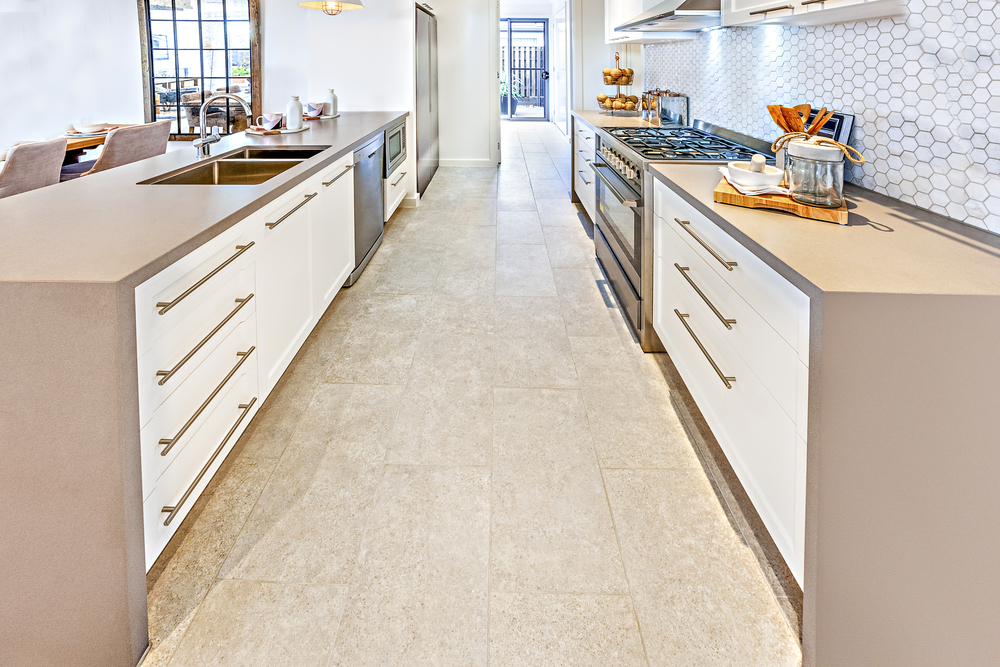
This kitchen with a wide, accessible aisle or pathway between the cabinet runs and the bar handles attached to the drawers make it easy for people with varying skills and abilities to use them over time.
Aging in place is gaining in popularity
Aging in place is an idea that has become quite popular recently. However, it’s really an old concept that has been used by many people over the years but not to the extent that we see it today and not with the attention to the quality of the living environment that we are noticing.
There is an overwhelming desire for people to remain living in their current homes – people who have found the home they want to remain in, whether just recently locating it, having found it decades ago, or locating it somewhere along the way. They like their home and see no reason to move from it.
People like their homes because of the location – it offers great access to shopping and major transportation routes, it provides great neighbors, it has a prestigious address, it is in a classic neighborhood, it provides a great view, it allows them to go for short walks where they feel safe, or it makes sense financially (the taxes, assessments, association dues, appreciation, and maintenance).
People like their homes
People may treasure the memories of all that has gone on in the home while raising their family – whether they family is still living at home or on their own. If they are single, they likely have had many memorable experiences themselves. Stored somewhere within that home (basement, attic, closets, garage, or elsewhere) are many tangible reminders of those happy events.
In addition to just liking the home for what it is, even if they wanted to do so, people may feel that they can’t replace their current home with all that it has to offer them from an emotional or sentimental standpoint, or from the desirable location that it represents to them.
It also could be the ideal spot for them to bring either their grown children or their aging parents (or both) back under one roof to provide a larger sense of family and the care that they need.
Making up for shortfalls
All of that said, the current home – as desirable as it is emotionally to create a sense of staying put and not moving – may not be totally right for everyone’s needs today or in the foreseeable future. This is where improvements and modifications can help – more specifically universal design when the improvement needed or desired is not performance or function-specific.
Universal design creates an even opportunity to access the home and the various parts of it (bedrooms, bathrooms, kitchen, laundry room, home office, living room, family room, breakfast area, garage, and more) by making sure that doorways, thresholds, light switches, lighting, flooring, shelving, cabinetry, windows, fixtures, and appliances are within the normal reach of everyone in the home.
It is the great equalizer because it literally accommodates all heights, sizes, ages, and physical abilities in the home except the very young and those with special needs. Even most mobility considerations are included.
There are many ways to incorporate universal design renovations and treatments into a design, depending on budget, time frame to complete them, and current features – but they definitely are worth pursuing.
